-
CATEGORY ::
- All Seeds /
- All Ornamental Grass Seeds
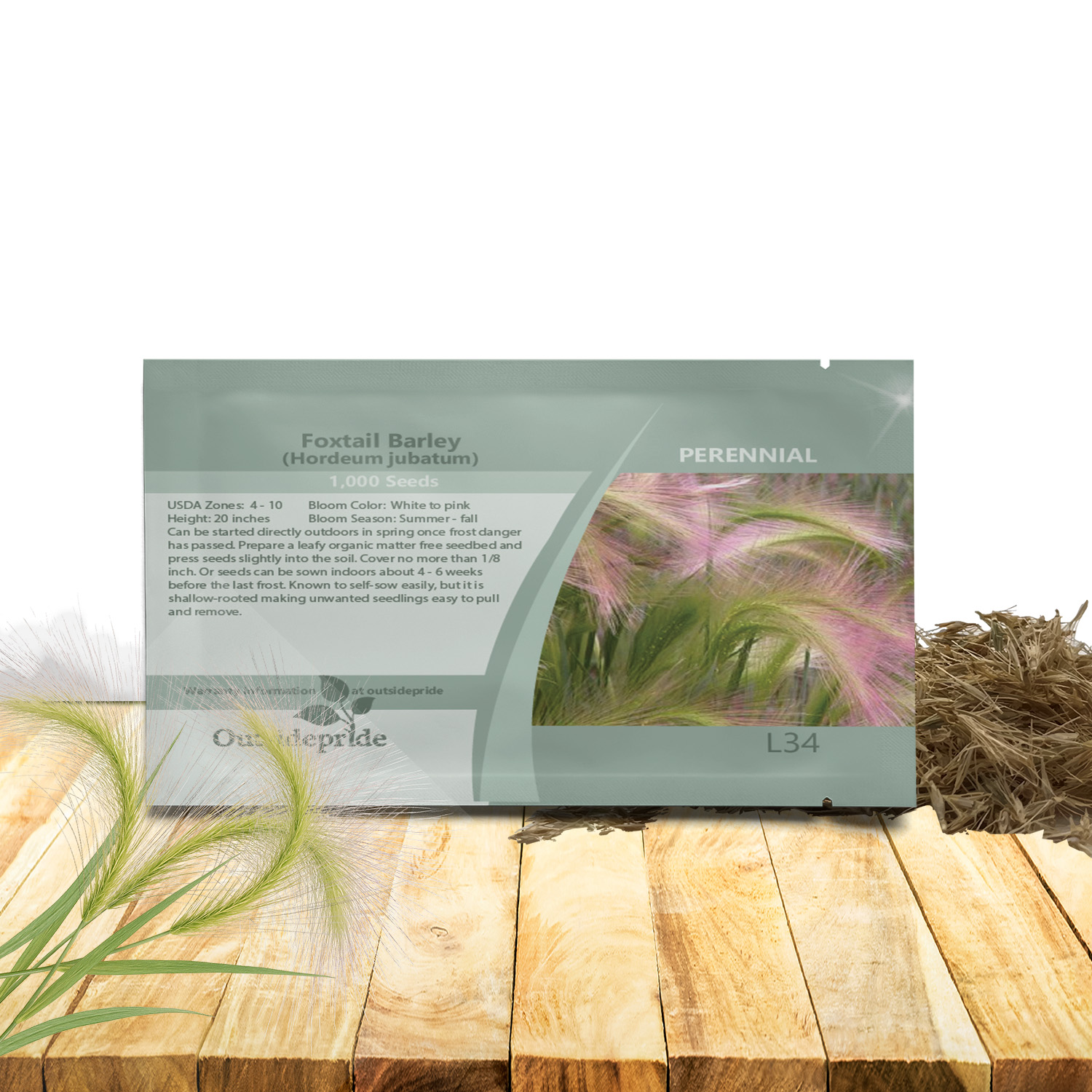

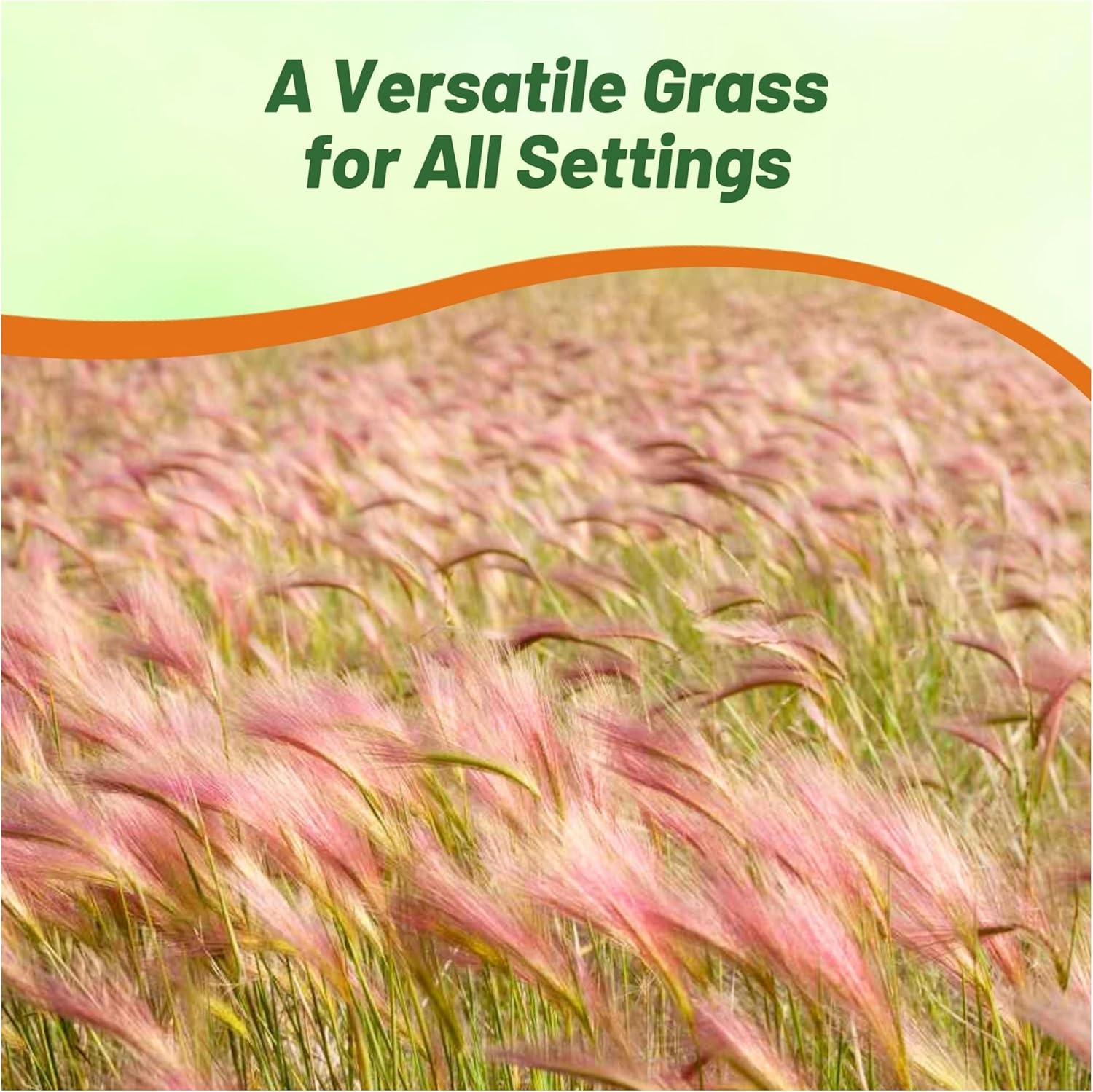
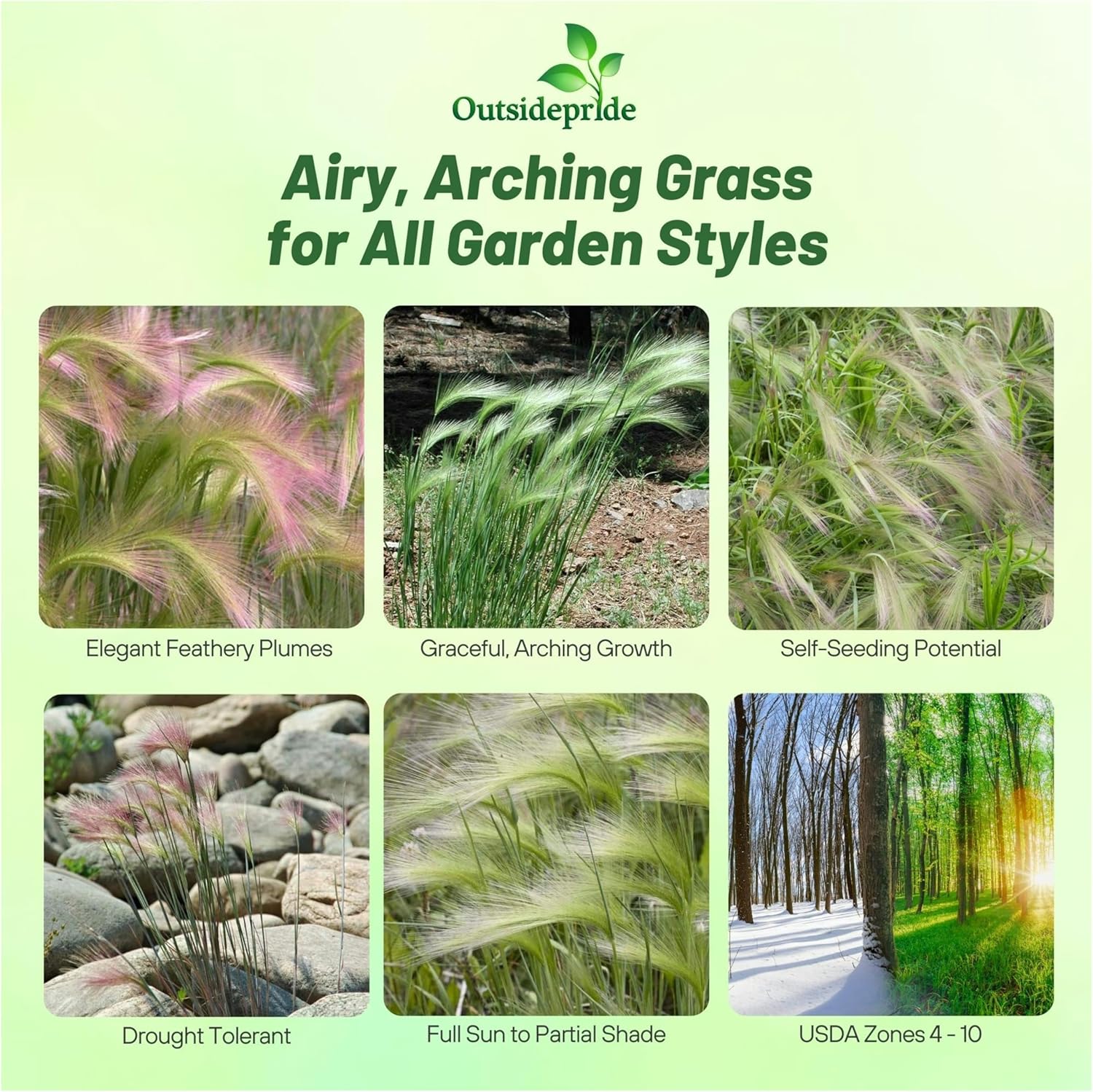
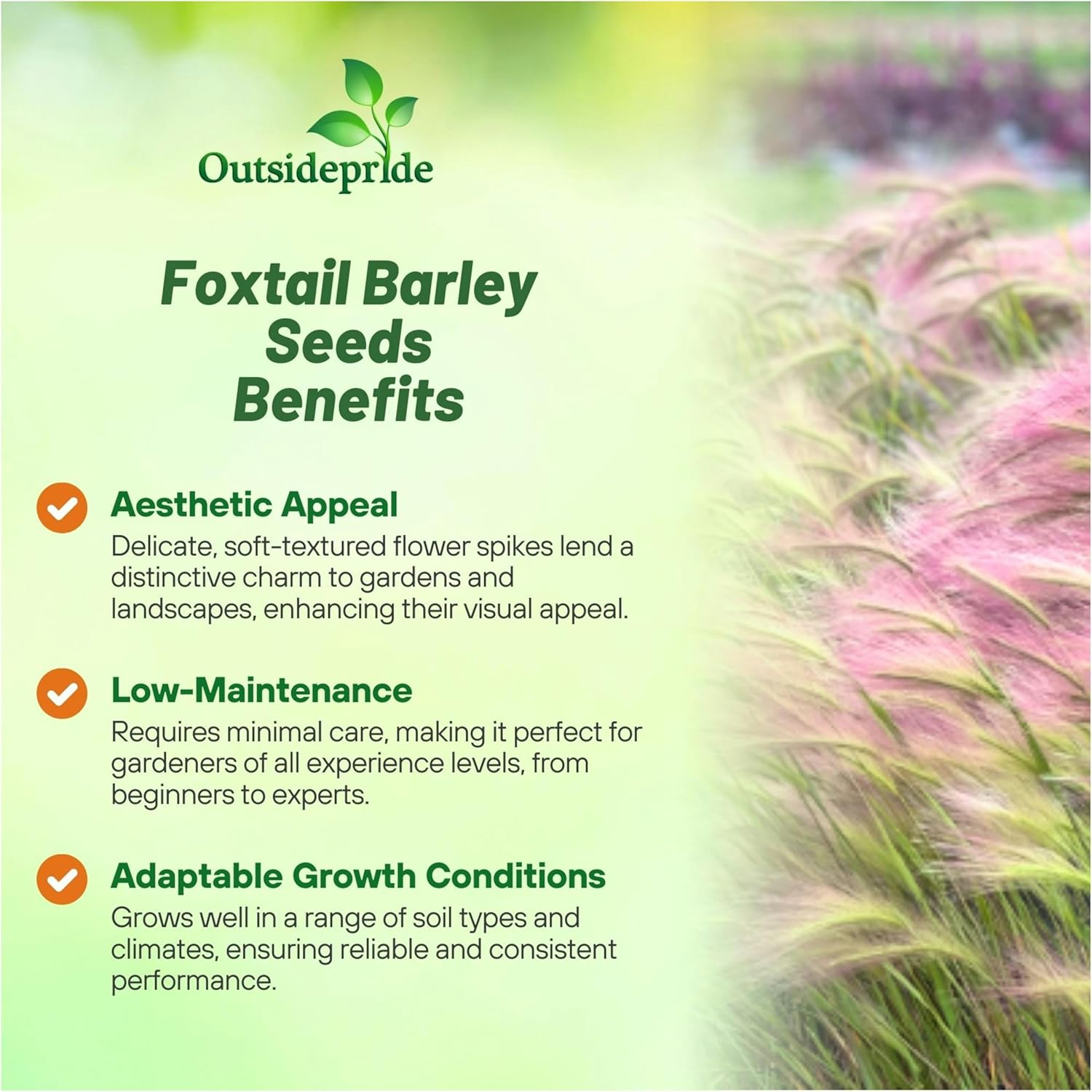
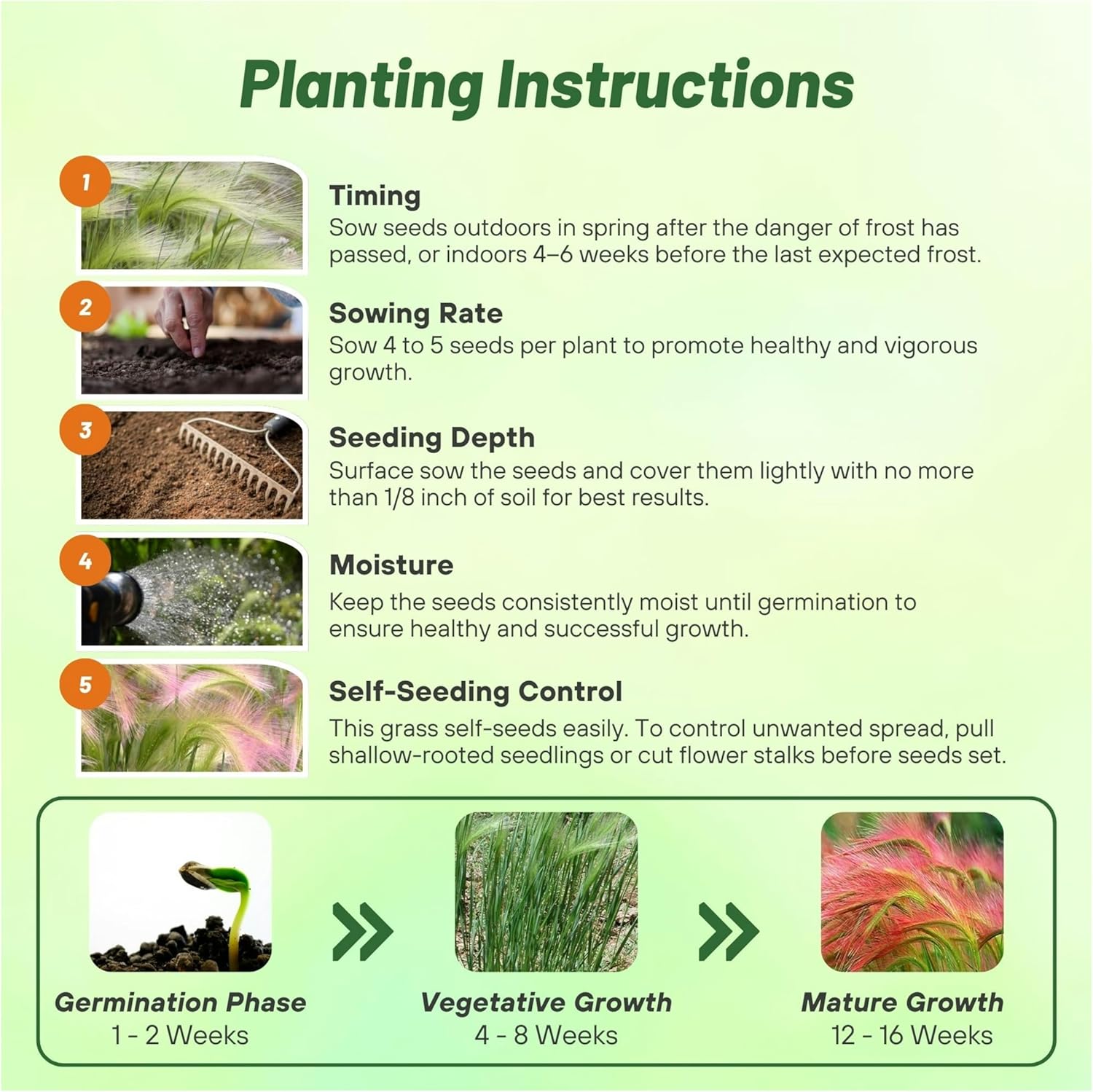


Hordeum Jubatum Seeds
SEASON
Perennial
USDA ZONES
5 - 11
HEIGHT
6 - 12 inches
WIDTH
12 - 24 inches
FOLIAGE COLOR
Green
FLOWER COLOR
Blue
FALL COLOR
Foliage may turn brown with cold winters
SOIL REQUIREMENT
Average, medium, well-drained soil
ENVIRONMENT
Full sun to partial shade
DEER RESISTANT
Yes
MOISTURE REQUIREMENTS
Requires weekly watering during extreme heat for first year
LATIN NAME
Liriope muscari
About...
Foxtail Barley (Hordeum jubatum) - If you like native ornamental grasses, try growing Foxtail Barley grass seeds. It is also commonly called Squirrel Tail Grass, and it prefers full sun and moist to dry conditions. Hordeum jubatum has gained popularity as an ornamental grass because of its highly attractive flower heads.
MORE ORNAMENTAL GRASS OPTIONS
Planting Directions
TEMPERATURE
70F
AVERAGE GERM TIME
7 - 14 days
LIGHT REQUIRED
Yes
DEPTH
Surface sow and then light cover no more than 1/8th inch
SOWING RATE
4 - 5 seeds per plant
MOISTURE
Keep seeds moist until germination
PLANT SPACING
18 inches

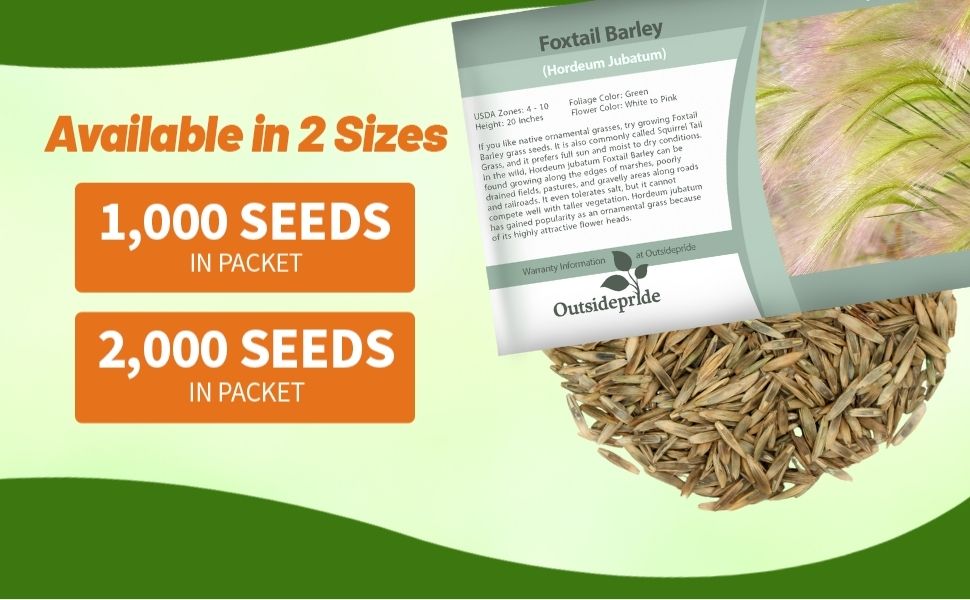
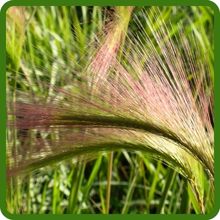
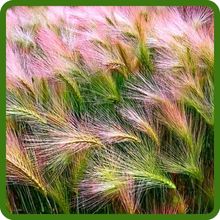
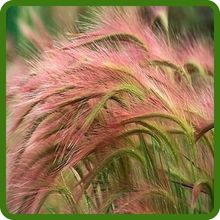
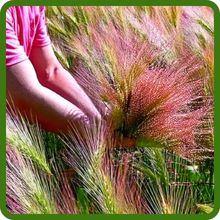
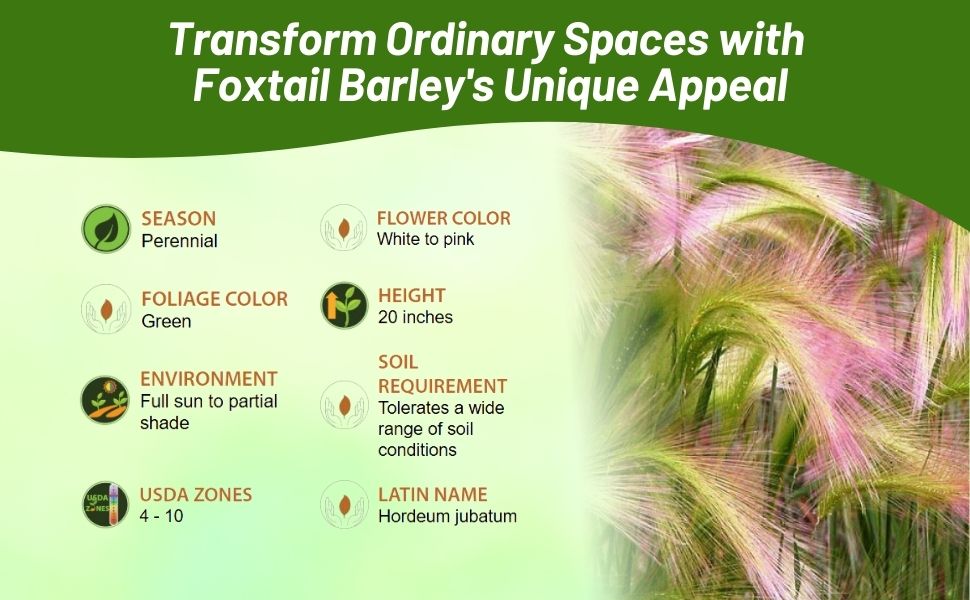
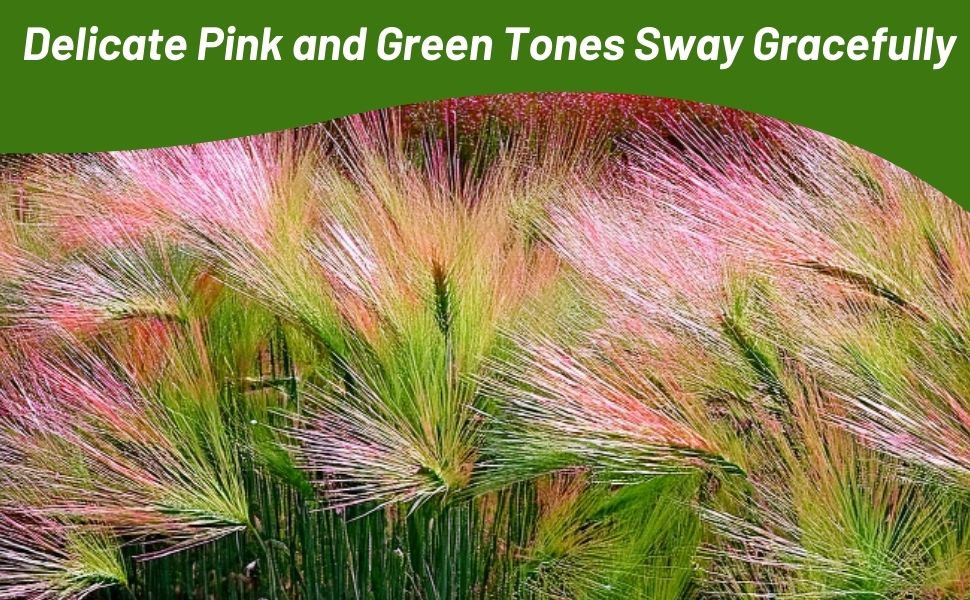
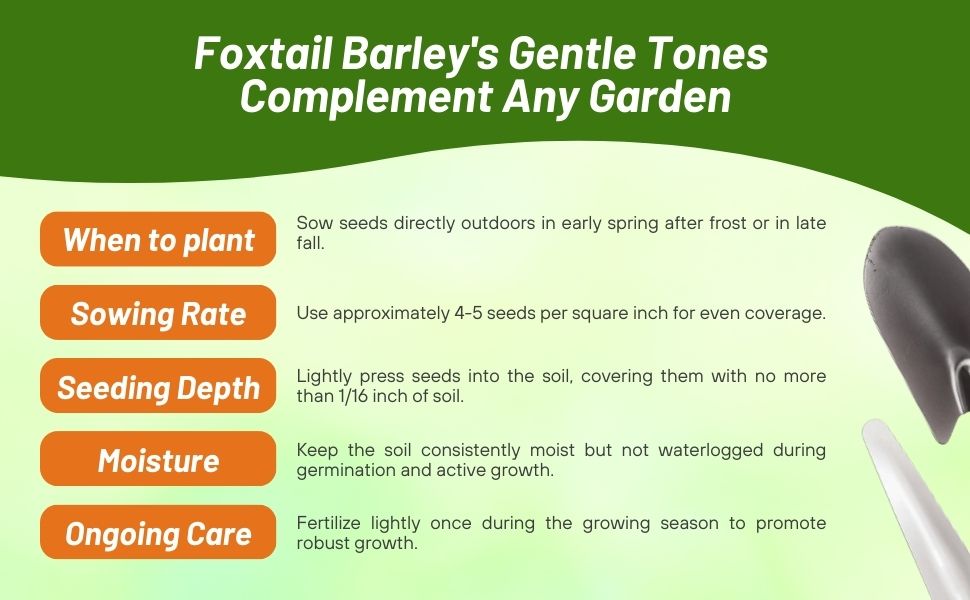
Foxtail Barley (Hordeum jubatum) - If you like native ornamental grasses, try growing Foxtail Barley grass seeds. It is also commonly called Squirrel Tail Grass, and it prefers full sun and moist to dry conditions. In the wild, Hordeum jubatum Foxtail Barley can be found growing along the edges of marshes, poorly drained fields, pastures, and gravelly areas along roads and railroads. It even tolerates salt, but it cannot compete well with taller vegetation. Hordeum jubatum has gained popularity as an ornamental grass because of its highly attractive flower heads.
How To Grow Foxtail Barley Seeds: The ornamental grass seeds can be started directly outdoors in spring once frost danger has passed. Prepare a weed free seedbed. Foxtail Barley is known to self-sow easily, but it is shallow-rooted making unwanted seedlings easy to pull and remove.
Common Questions
Can I use it in flower arrangements?
Yes, foxtail barely works very well for fresh and dried flower arrangements.
Where can I use in my landscape?
This grass makes a graceful plant for beds and borders, in rock gardens, for mass plantings. Also works great in meadows and can self-sow to keep your areas looking full.
Planting Directions
TEMPERATURE
70F
AVERAGE GERM TIME
7 - 14 days
LIGHT REQUIRED
Yes
DEPTH
Cover the seeds with a thin layer of vermiculite
SOWING RATE
3 - 5 seeds per plant
MOISTURE
Keep soil moist until germination
PLANT SPACING
10 inches
TEMPERATURE
AVERAGE GERM TIME
LIGHT REQUIRED
DEPTH
SOWING RATE
MOISTURE
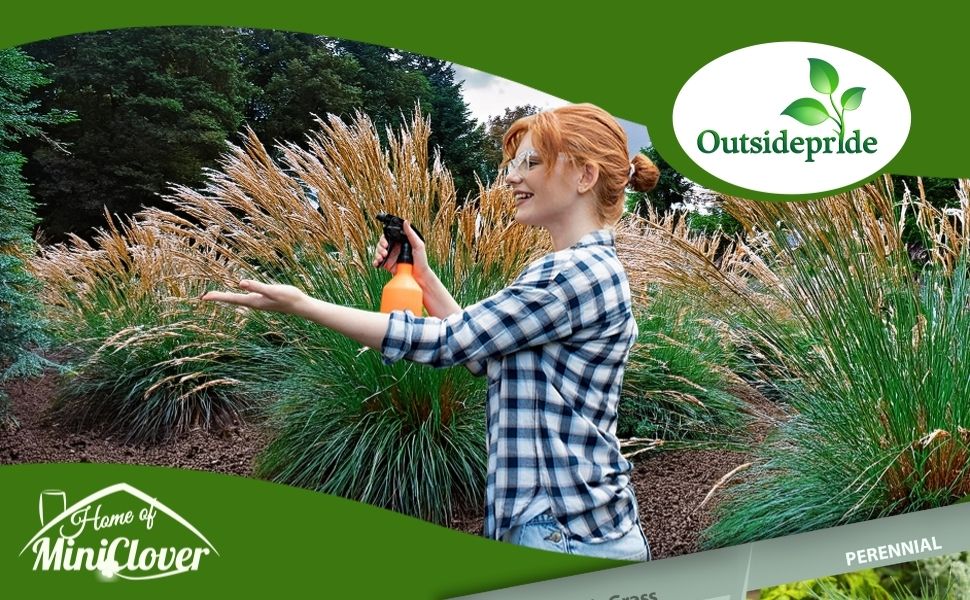

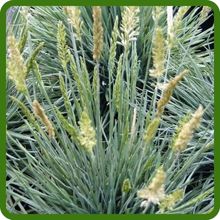
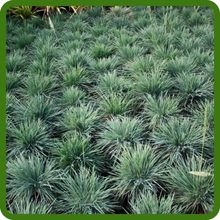
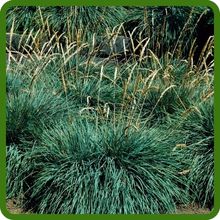
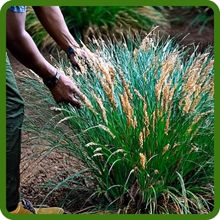
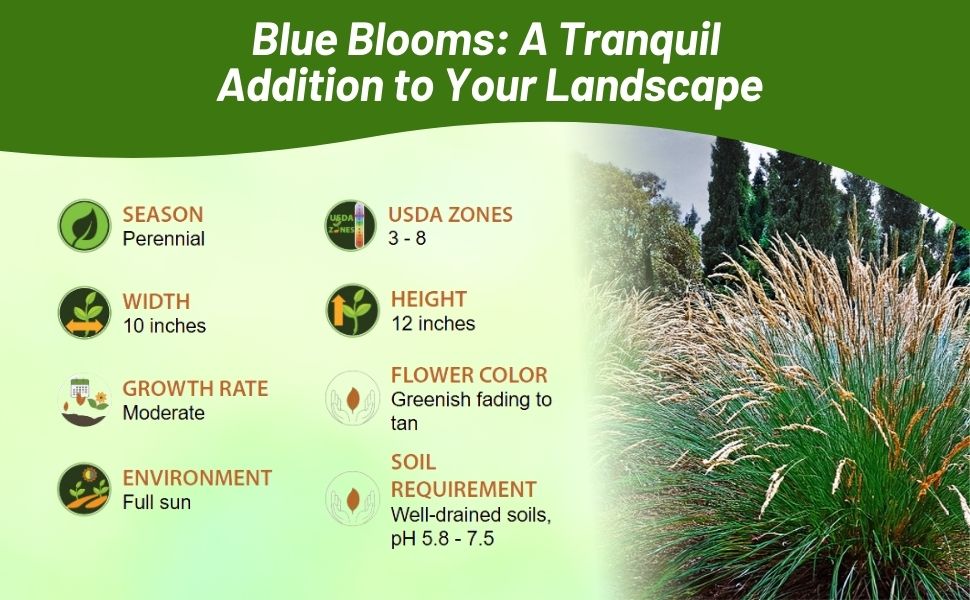
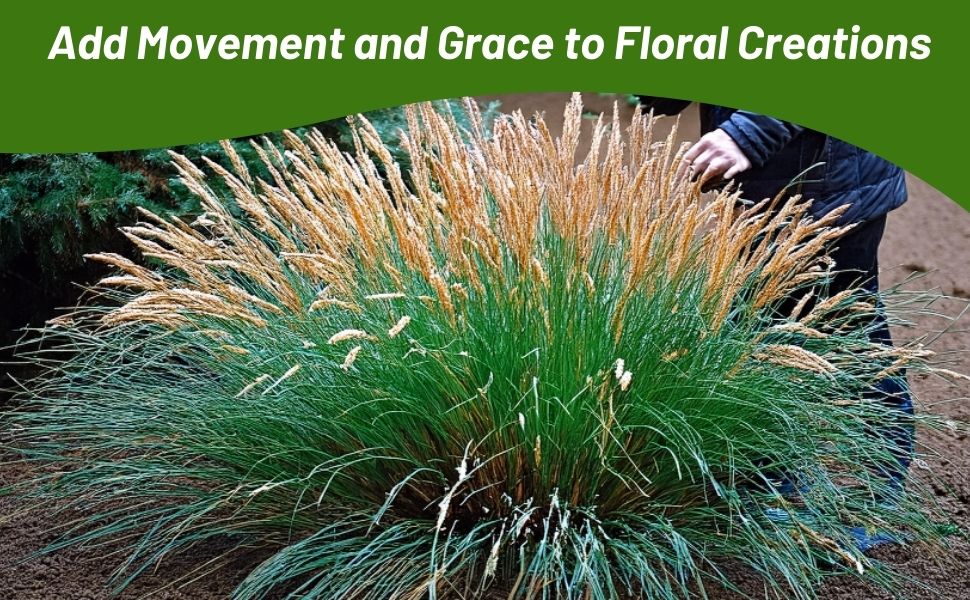
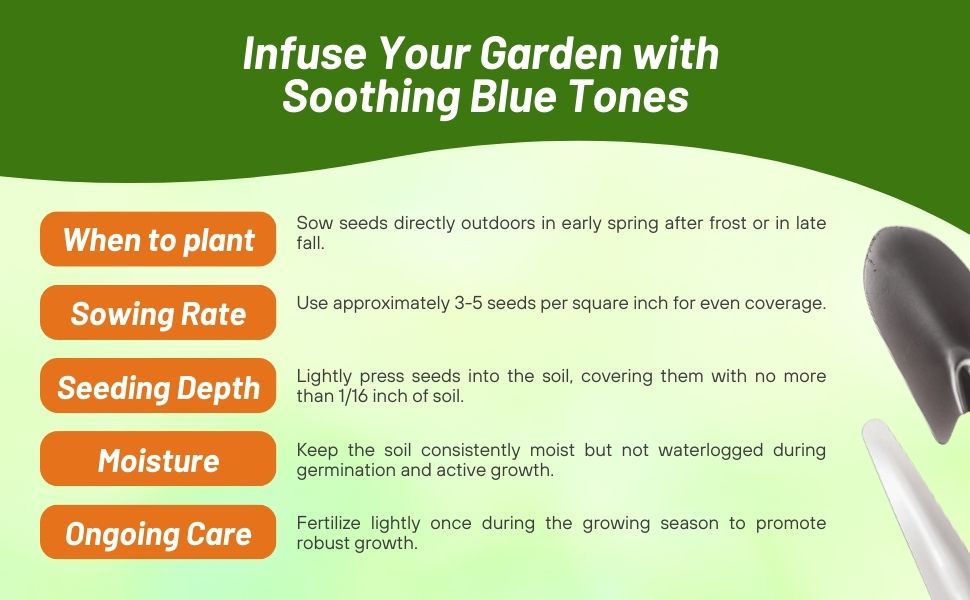
Blue Hair Grass (Koeleria glauca) - Drought tolerant Blue Hair grass seed produce both the foliage and flowers that are attractive and enhancing to the landscape, and it is one of the few low-growing ornamental grasses. This ornamental grass will only grow to 12 inch tall, producing dense tufts of blue-green leaves. Blue Hair grass is a well-behaved and non-spreading species that is suitable for sunny borders. It forms a low mound of very fine blue-green leaves with a hedgehog appearance. In the spring, flower panicles emerge that are glossy green, and they mature into tan seed heads by midsummer and last through late summer. The flowers preserve well and can be used in dried arrangements. The Blue Hair plant may remain evergreen in mild winter regions. Blue Hair Grass care includes a hard trimming in late winter down to 2 inches to remove dead foliage. In the fall, the flower spikes can be removed to neaten the appearnace of the ornamental grass plant. Can divide in spring or fall.
Blue Hair grass grows easily in average, dry to medium, well-drained soil in full sun. It performs the best in lean soils and will not do as well in rich, fertile soil. Koeleria glauca Blue Hair grass is drought tolerant, but it is not tolerant of heavy clay soils, wet soils and shade.
Common Questions
Do I need to prune my plants?
Yes, blue hair grass should be pruned back in late winter to make room for new growth come spring.
Can I use in my dried flower arrangements?
Yes, the flowers preserve well and can be used in dried flower arrangements if trimmed back in fall or winter.
Can I divide my plants?
Yes, blue hair grass can be divided in spring or fall.
Planting Directions
TEMPERATURE
71F
AVERAGE GERM TIME
7 - 10 days
LIGHT REQUIRED
Yes
DEPTH
Surface sow seed
SOWING RATE
4 - 5 seeds per plant
MOISTURE
Keep seeds continually moist until germination
PLANT SPACING
12 inches
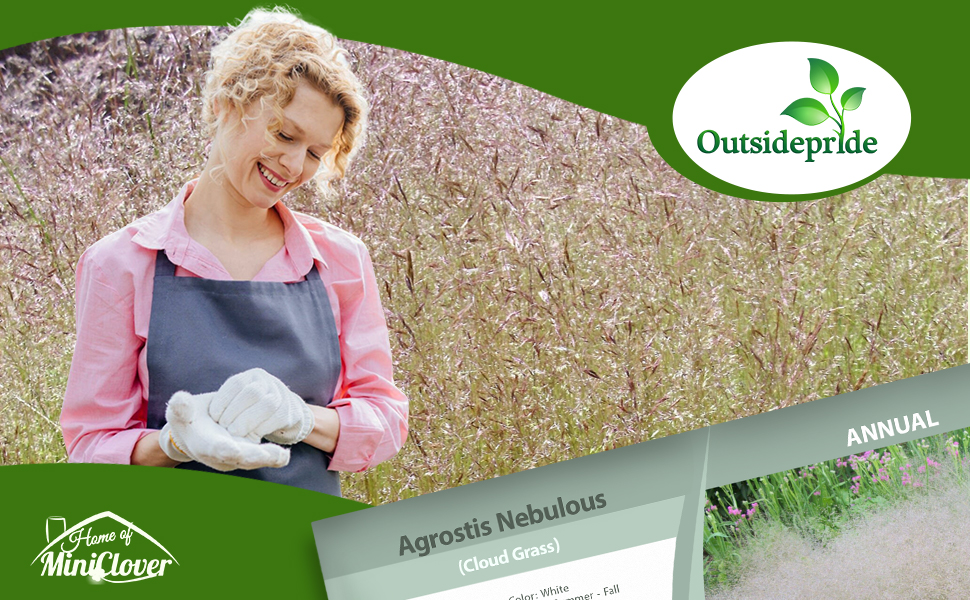
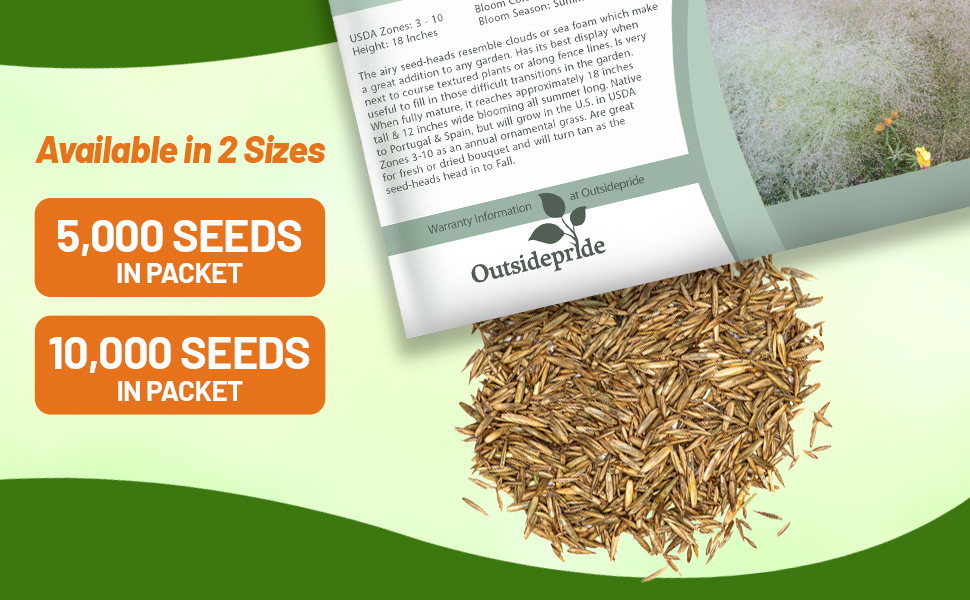
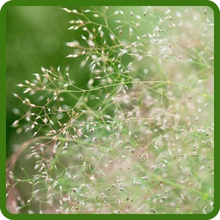
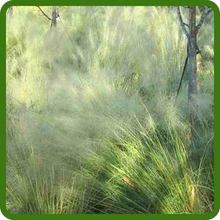
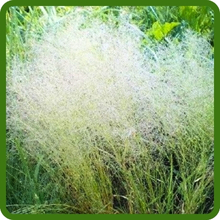
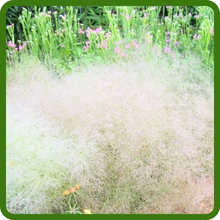
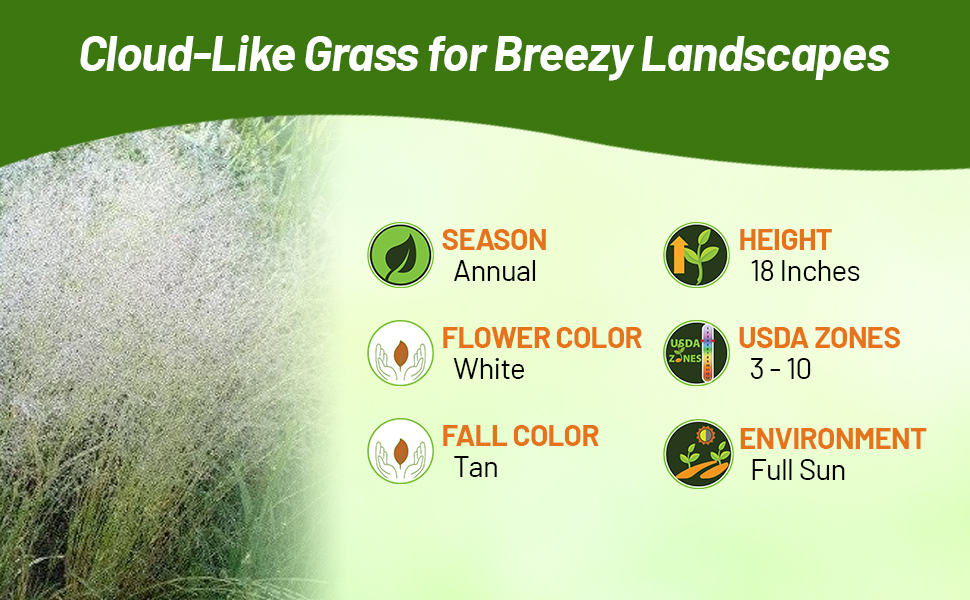
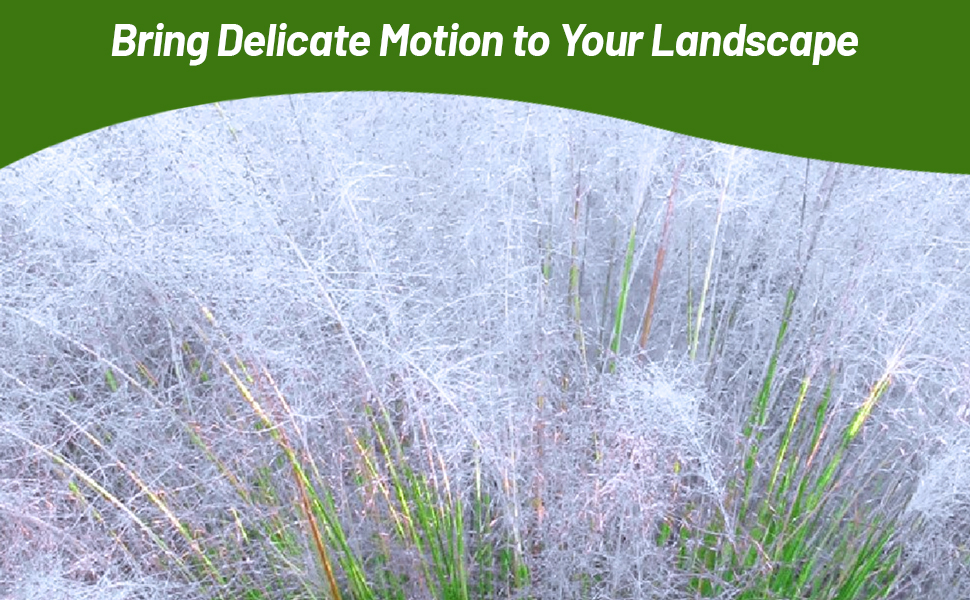
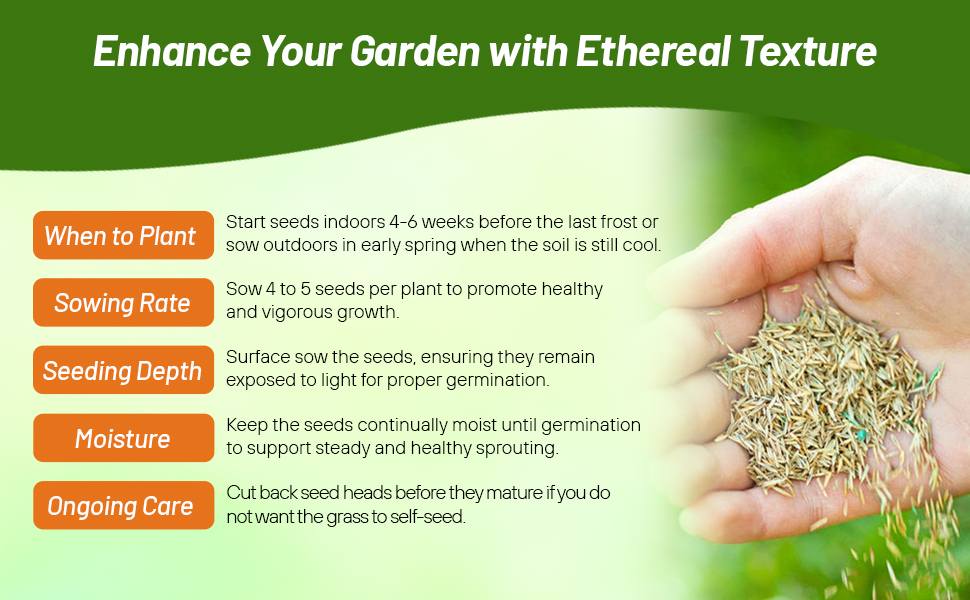
Cloud Grass (Agrostis nebulous) - Cloud Grass, a species of bentgrass, forms a hazy mist in late summer when its delicate, tiny flowers spread out in all directions. This plant is often cultivated for its light delicate heads that are used dried in floristry and is also drought tolerant.
The airy seed-heads resemble clouds or sea foam which make a great addition to any xeriscape flower garden. The ornamental grass has its best display when next to course textured plants or along fence lines. Agrostis nebulosa is very useful to fill in those difficult transitions in the garden. When Cloud Grass is fully mature, it reaches approximately18 inches tall & 12 inches wide blooming all summer long. Native to Portugal & Spain, but will grow in the U.S. in USDA Zones 3 - 10 as an annual ornamental grass. The flowers are great for fresh or dried bouquet and will turn tan as the seed-heads head in to Fall.
Common Questions
When do seedheads appear?
Typically cloud grass seed heads will appear Mid-summer.
Do I need to deadhead my plants?
Yes, to prevent the spread of these plants you will want to deadhead before they set seed.
What are some good places to use cloud grass in my landscape?
Cloud grass is great for borders, containers and in cut flower gardens.
Planting Directions
TEMPERATURE
70F
AVERAGE GERM TIME
14 - 28 days, soak seed overnight in warm water before planting
LIGHT REQUIRED
Yes
DEPTH
1/4 inch
SOWING RATE
2 - 3 seeds per plant
MOISTURE
Keep seeds moist until germination occurs
PLANT SPACING
10 - 12 inches

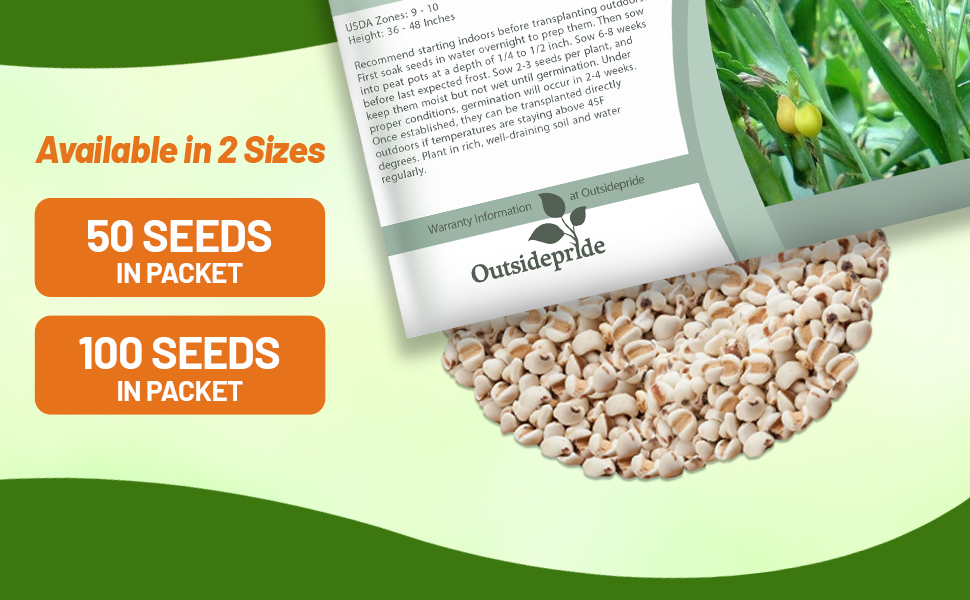
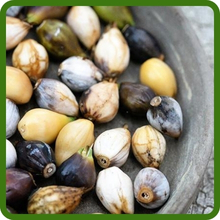

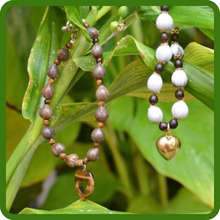

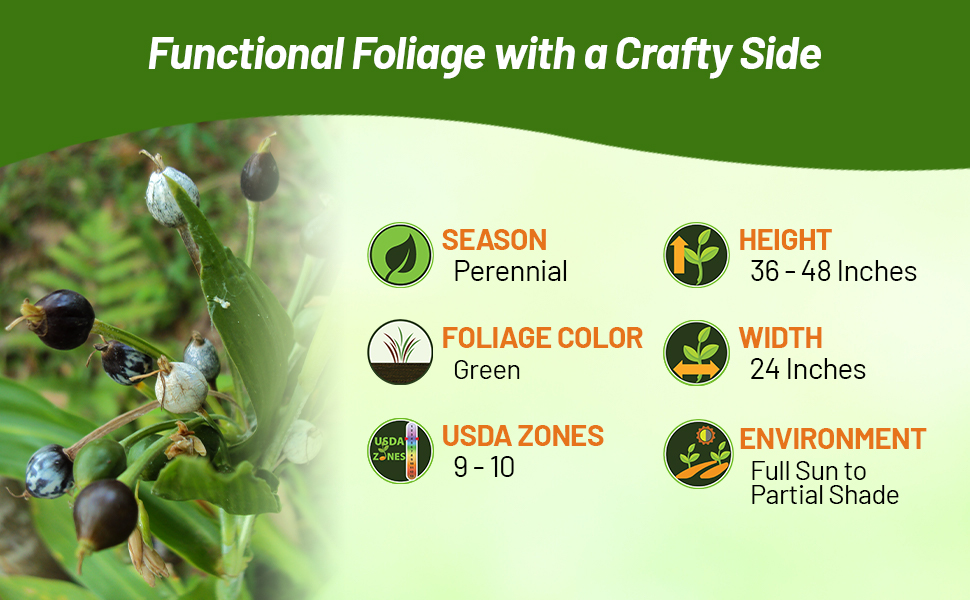

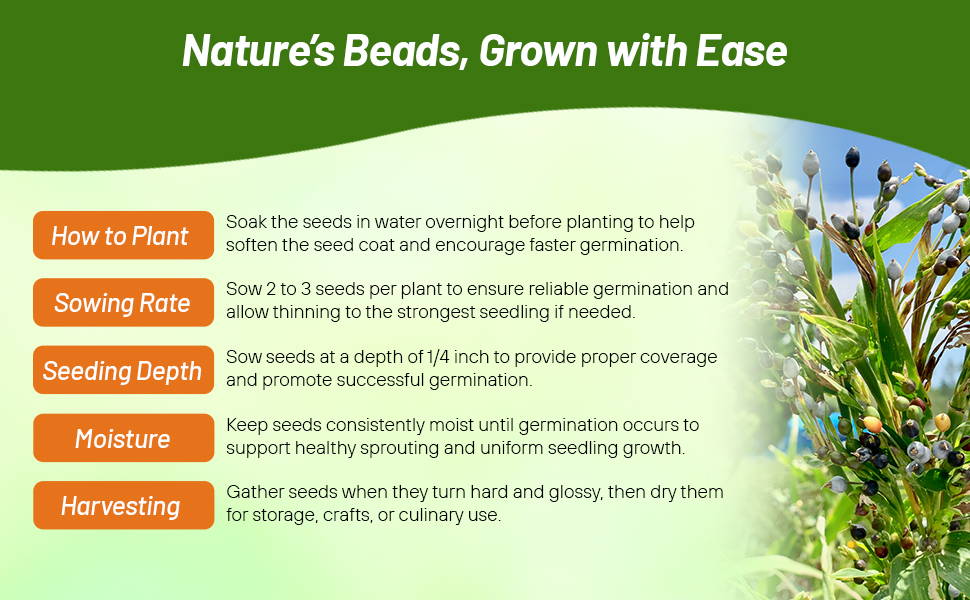
Job's Tears (Coix Lacryma-jobi) - For an interesting ornamental grass, try starting Cois seeds and enjoy this attractive grass that is known for its seeds. Commonly called Job's Tears grass, Coix is a perennial grass only in climate zones 9 and 10, and it is grown as an annual in the cooler zones. Ornamental grasses provide their own unique beauty to the landscape and Job's Tears is no exception with its slender, ribbon-like leaves and spikes of teardrop-like seeds. The plant is well known for the seeds that are natural beads and have been used for centuries to create jewelry and rosaries. Coix grass is native to Asia and is found along roadsides as well as cultivated for the grain that is edible and used in traditional Chinese herbal medicine. Grow these ornamental grass seeds and experience first hand the beauty and uniqueness of this Coix plant!
Common Questions
Are coix lacryma a good plant for my landscape?
Yes, jobs tears are often grown for their interesting seeds, ornamental value and easy care.
Are plants fragrant?
No, these plants are not known to be fragrant.
Can seeds be used for décor?
Seeds are often used in crafts and jewelry.
Planting Directions
TEMPERATURE
Sow at max 41F - germination irregular
AVERAGE GERM TIME
30 - 90 days
LIGHT REQUIRED
No
DEPTH
1/4"
SOWING RATE
1 - 2 seeds per plant
MOISTURE
Keep seeds moist until germination
PLANT SPACING
12 - 24 inches
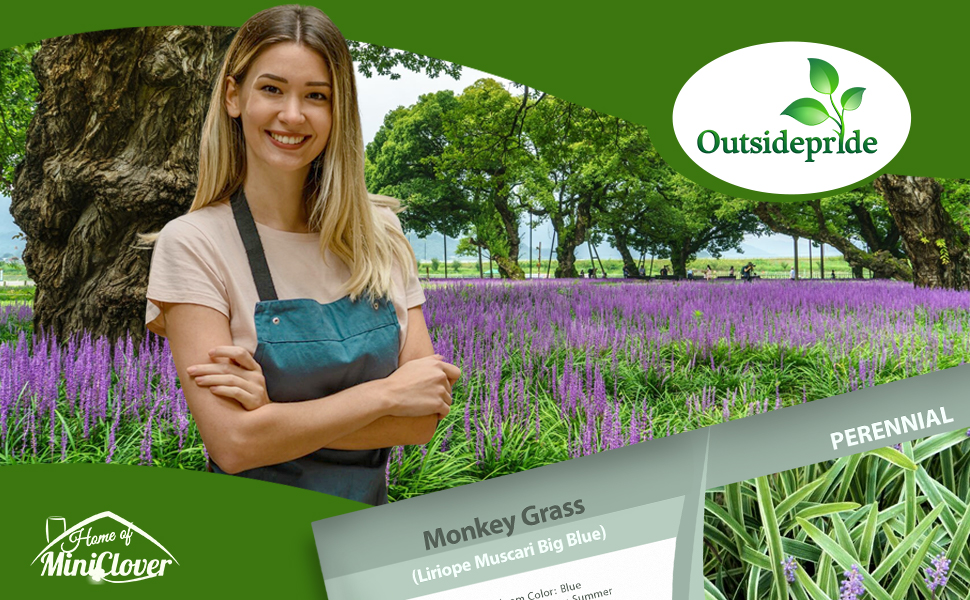
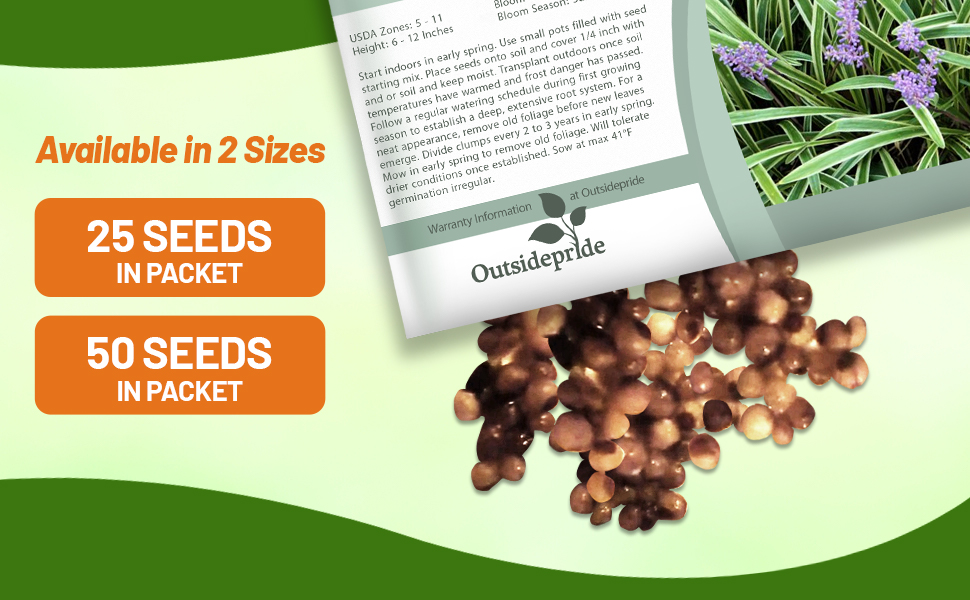
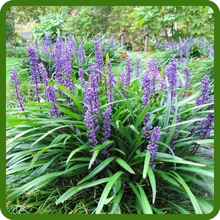
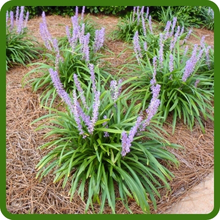
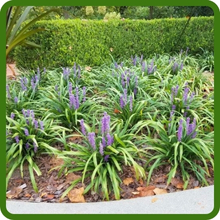
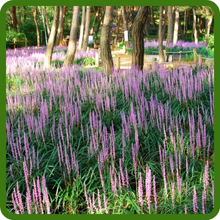
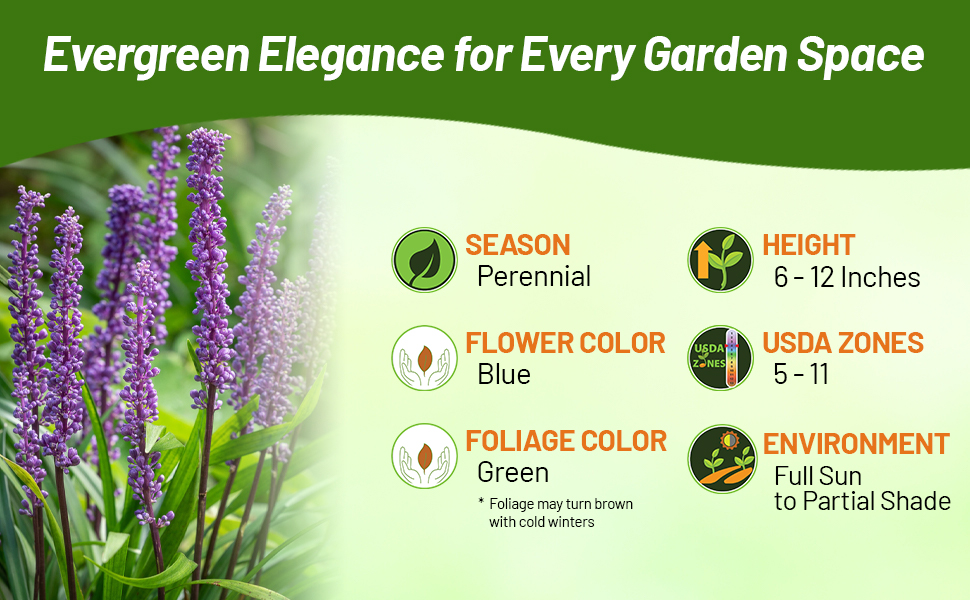
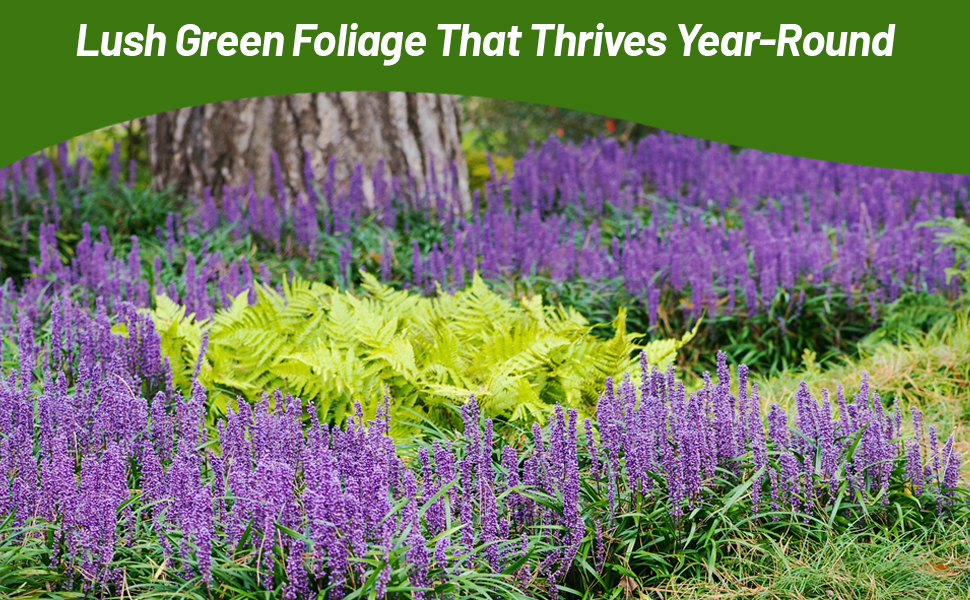

Monkey Grass (Liriope muscari) - If you need a decorative border or edging plant, start Monkey Grass seeds, and enjoy this popular ornamental grass plant. Also known as Lily Turf, this ornamental grass has evergreen foliage and violet blue flower spikes during the summer. Monkey Grass is an excellent ground cover for xeriscape landscapes, and it works nicely for container use as well.
How To Grow Monkey Grass From Ornamental Grass Seeds: Start Lily Turf seeds indoors in the early spring. Use small pots filled with seed starting mix. Place the ornamental grass seeds onto the soil and cover 1/4 inch with sand or soil and keep the seeds moist. place the seeds in the pots in your refrigerator until germination occurs Transplant outdoors once soil temperatures have warmed and frost danger has passed. Follow a regular watering schedule during the first growing season to establish a deep, extensive root system. For a neat appearance, remove old foliage from Liriope muscari before new leaves emerge. Divide Monkey Grass clumps every 2 to 3 years in early spring. Mow in early spring to remove old foliage. Lilyturf will tolerate drier conditions once established.
Common Questions
How can I use Liriope muscari in my landscape?
Liriope muscari is wonderful as edging plants along walkways, paths, pool decks. They are also lovely in mass plantings or as a ground cover. Plants can also be used around shrubs or under trees.
Will deer eat my plants?
No, deer and rabbits avoid these plants.
Do I need to prune back my plants?
Yes, cut back old leaves to the ground in early spring to encourage healthy new growth.
Planting Directions
TEMPERATURE
65 - 75F
AVERAGE GERM TIME
7 - 14 days
LIGHT REQUIRED
Yes
DEPTH
Surface sow seed and lightly cover no more than 1/8th inch
SOWING RATE
Use approximately 100 seeds per 4 inch pot
MOISTURE
Keep seeds moist until germination
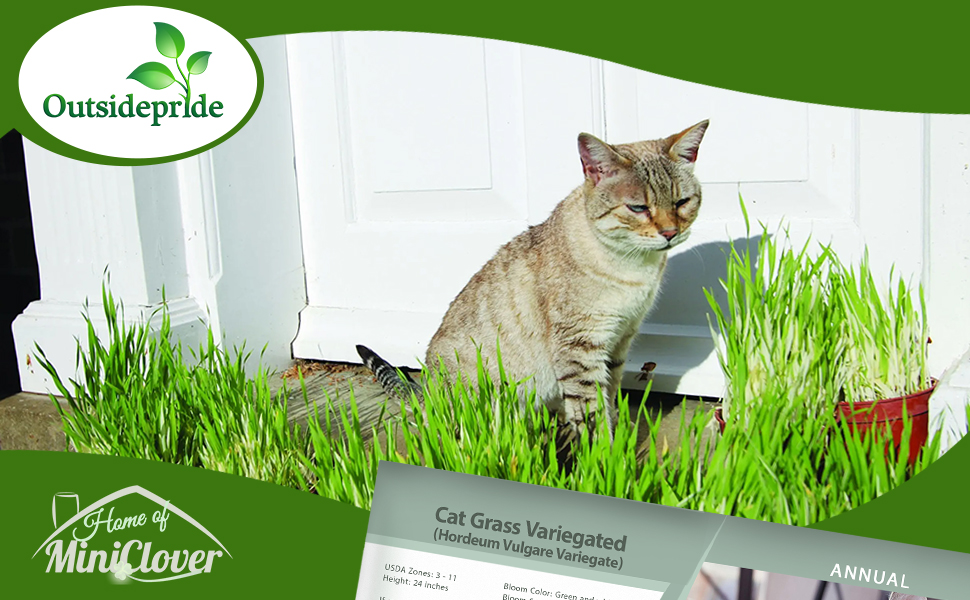

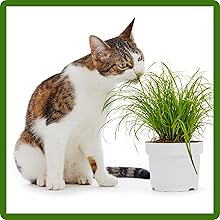

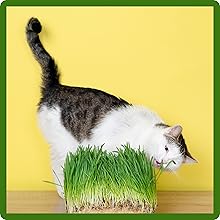

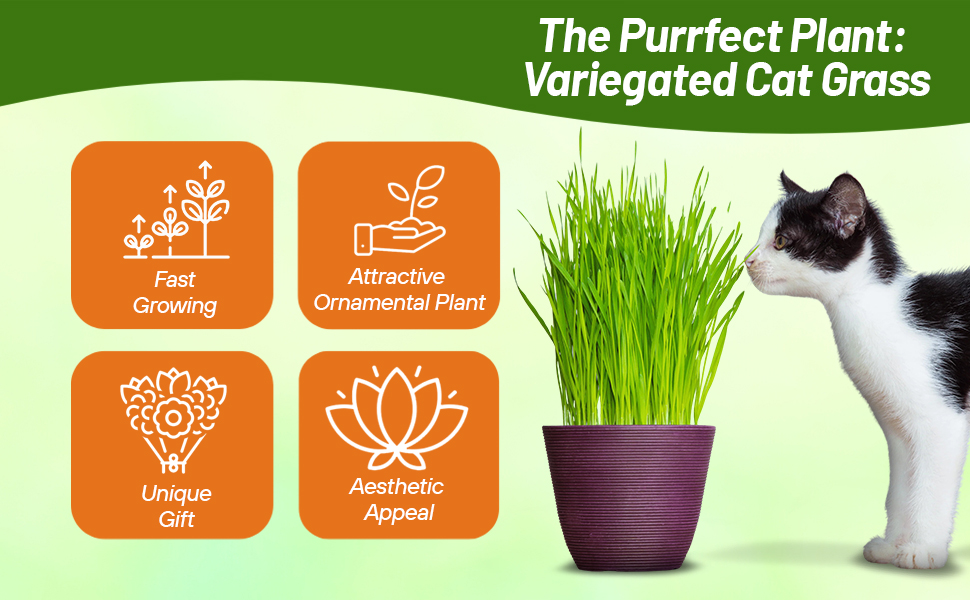

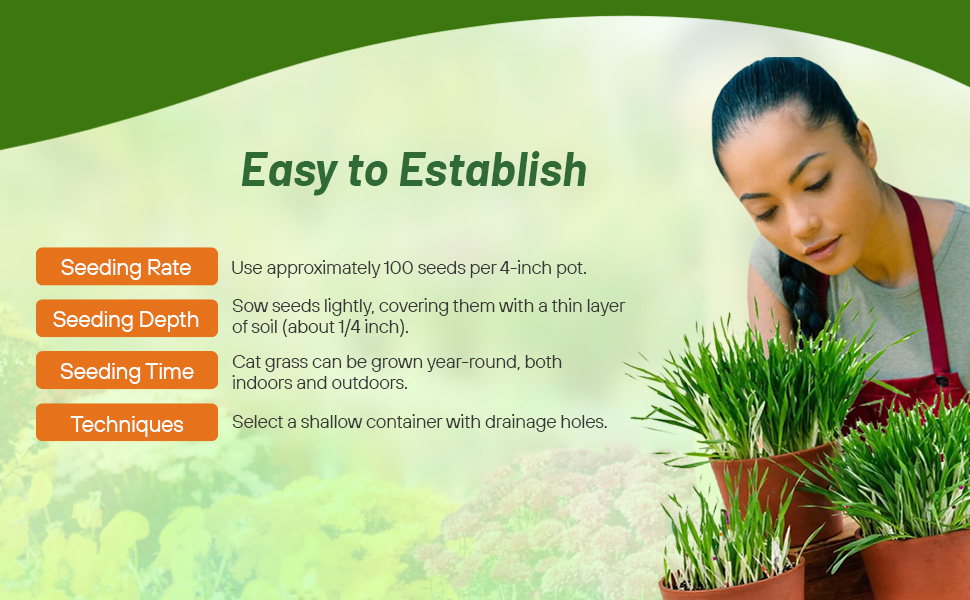
Cat Grass Variegated (Hordeum Vulgare Variegate) - Whether you are growing Cat Grass seeds for your feline friends or as ornamental grass, you can not go wrong! Variegated Cat Grass is lovely with bright white and green foliage, and it is lovely as a seasonal accent plant growing with other annuals in containers and borders. Cat Grass has never been as popular as it is now, and you can easily start Cat Grass seeds and satisfy your cat's craving for grasses.
Hordeum vulgare seed is actually a cereal grain, barley. It provides vitamins and fiber for cats, and it is also edible for people and can be used like wheat grass either freshly juiced or dried into powder.
How To Grow Cat Grass: If you are providing the Cat Grass for your cats, use shallow containers filled with potting soil, and lightly broadcast the Cat Grass seeds across the top. Cover the ornamental grass seeds with soil and keep it moist. It can be grown indoors in a sunny window. For use as an ornamental grass, start the Cat Grass seeds in pots. The grass can be transplanted into annual color pots and will reach nearly 24 inches in height.
Common Questions
What are some benefits for my kitty of having catgrass?
Cats eat grass for natural control of hairballs. Having catgrass easily accessible for your furry friend gives them something they love and is good for them too.
Can my dogs eat the catgrass too?
Yes, catgrass is good for dogs and rabbits as well as your cats.
Planting Directions
TEMPERATURE
68F
AVERAGE GERM TIME
10 - 90 days, germination can be erratic
LIGHT REQUIRED
Yes
DEPTH
Surface sow
SOWING RATE
4 - 5 seeds per plant
MOISTURE
Keep seeds moist until germination
PLANT SPACING
24 inches
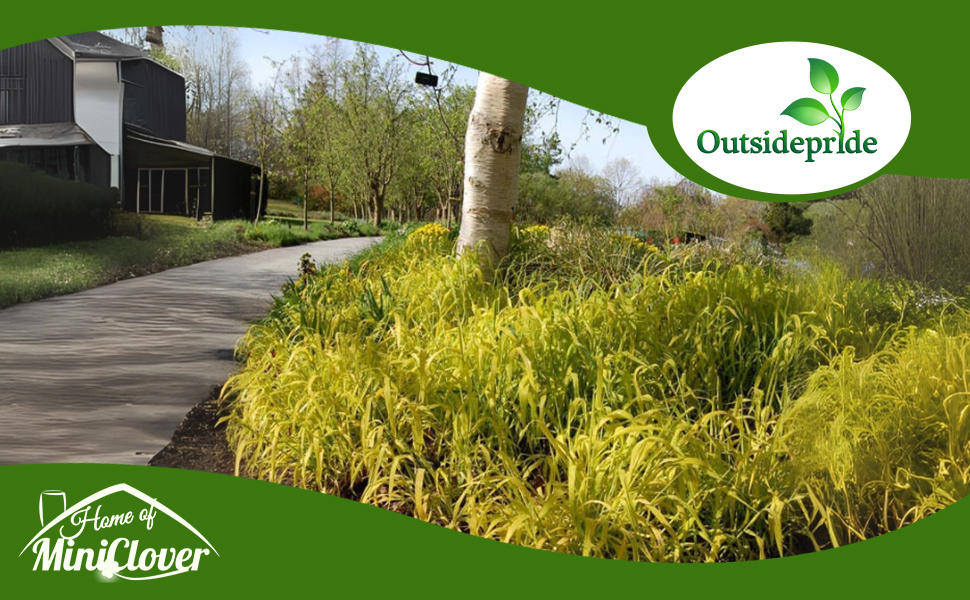



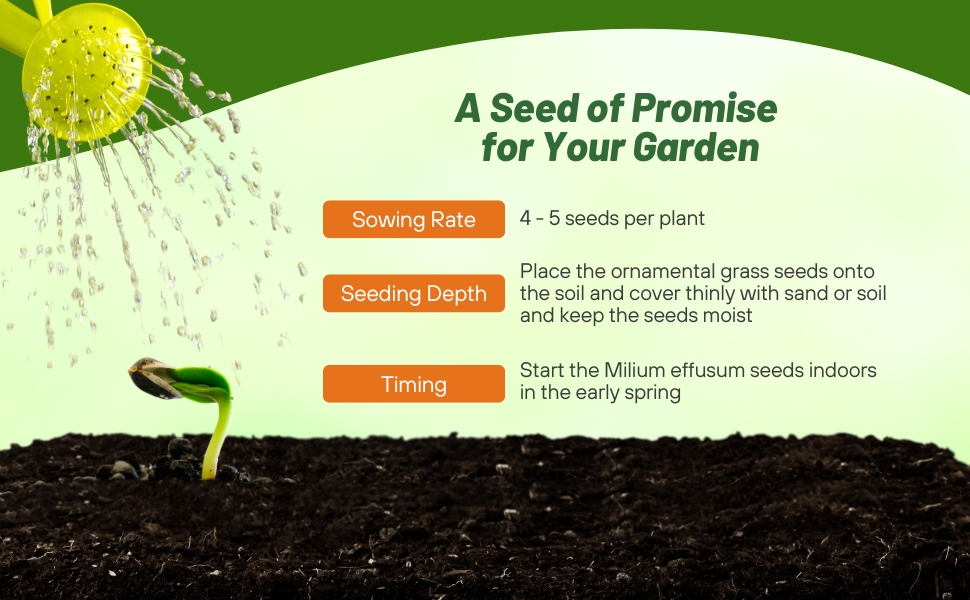
Golden Millet (Milium effusum) - If you have shade, you will want to start Golden Millet seeds! Most ornamental grasses need full sun, but this little ornamental Millet Grass actually prefers a shady location. The golden, chartreuse leaves will brighten any shady spot in your landscape, and it will gently spread to create a bright ground cover for shade. Also called Golden Wood Millet Grass, this ornamental's foliage is bright yellow in spring, and turns greenish gold in summer, and the plant only grows to about 18 - 24 inches tall. A drought tolerant plant perfect for xeriscape landscaping where water conservation is an important factor in the grasses you choose.
How To Grow Golden Millet: Start the Milium effusum seeds indoors in the early spring. Use small pots filled with seed starting mix. Place the ornamental grass seeds onto the soil and cover thinly with sand or soil and keep the seeds moist. Transplant outdoors once soil temperatures have warmed and frost danger has passed.
Common Questions
Do I need to prune my golden millet plants?
Yes, in early spring before new growth starts prune back your plants to encourage healthy new growth.
Can I use it for flower arrangements?
Yes, these can be dried and used in flower arrangements.
Planting Directions
TEMPERATURE
65 - 70F
TEMPERATURE
AVERAGE GERM TIME
AVERAGE GERM TIME
10 - 90 days
LIGHT REQUIRED
Yes
DEPTH
Cover seeds lightly and keep it moist
SOWING RATE
5 - 7 seeds per plant
MOISTURE
Keep seeds moist until germination
PLANT SPACING
16 inches

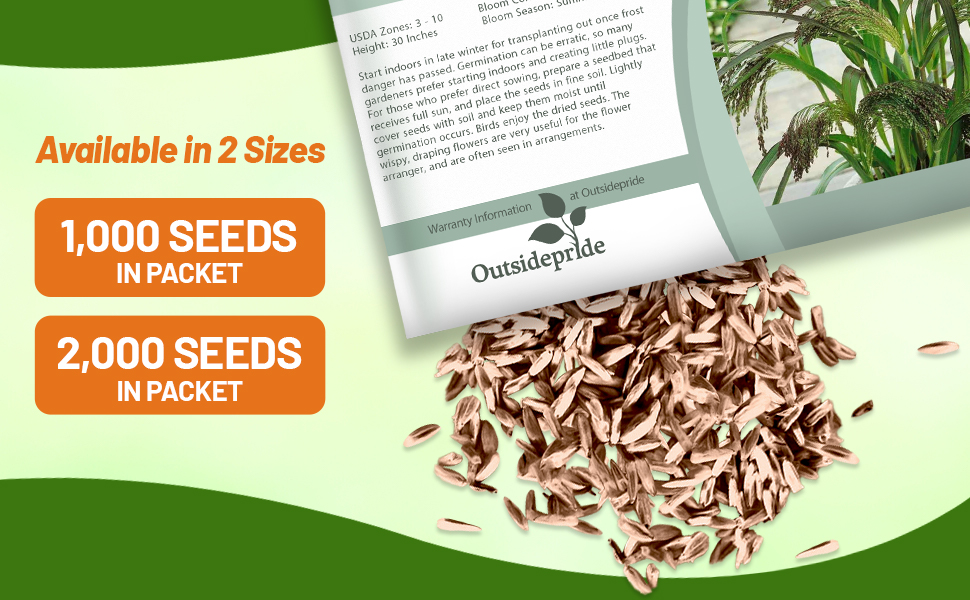
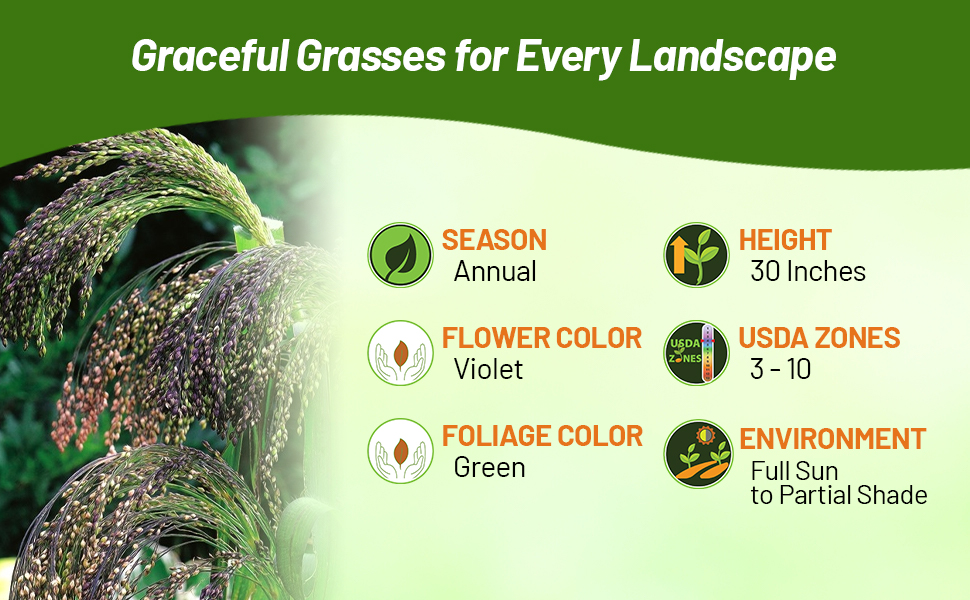
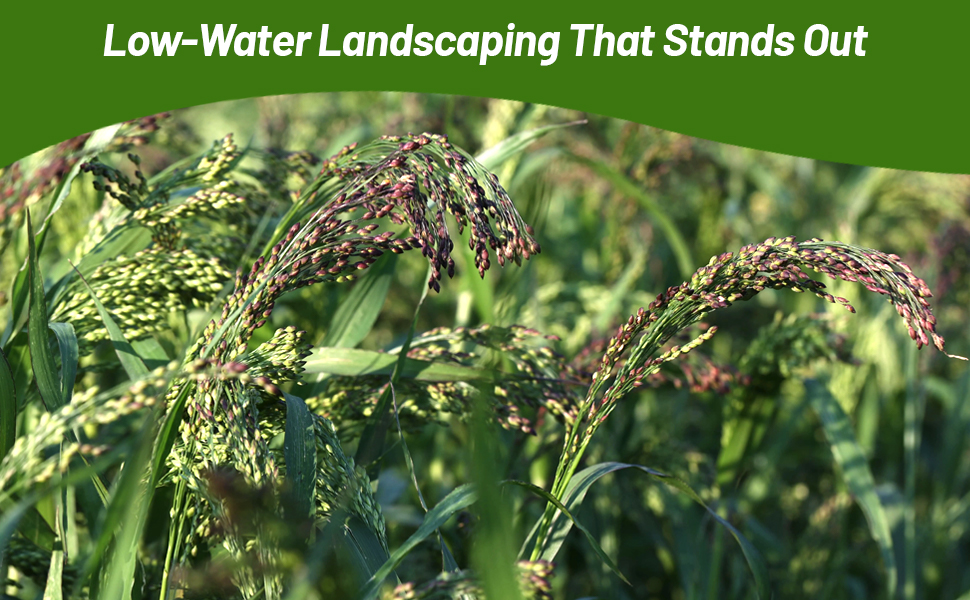

Panic Grass (Panicum violaceum) - If you enjoy adding ornamental grasses to your indoor arrangements, grow Panic Grass seeds, and add this lovely annual grass to your cutting garden collection. Sometimes referred to as Violet Panic Grass, this annual is very attractive with purplish-green, pendulous flower-heads. The wispy, draping flowers are very useful for the flower arranger, and are often seen in arrangements. It can also be grown directly outdoors and is a very drought tolerant plant for an xeriscape garden where water conservation is required.
Start Panicum violaceum seeds indoors in the late winter for transplanting out once frost danger has passed. The germination for Panic Grass seeds can be erratic, so many gardeners prefer starting the ornamental grass seeds indoors and creating little plugs. For those who prefer direct sowing, prepare a seedbed that receives full sun, and place the seeds in fine soil. Lightly cover the Violet Panic Grass seeds with soil and keep them moist until germination occurs. This ornamental grass is a millet, and birds enjoy the dried seeds.
Common Questions
Do I need to prune my panic grass?
Yes, cut back in late winter or early spring to maintain a tidy appearance.
Should I divide my plants?
Yes, plants do best when divided every 3 years or so to maintain vigor.
































